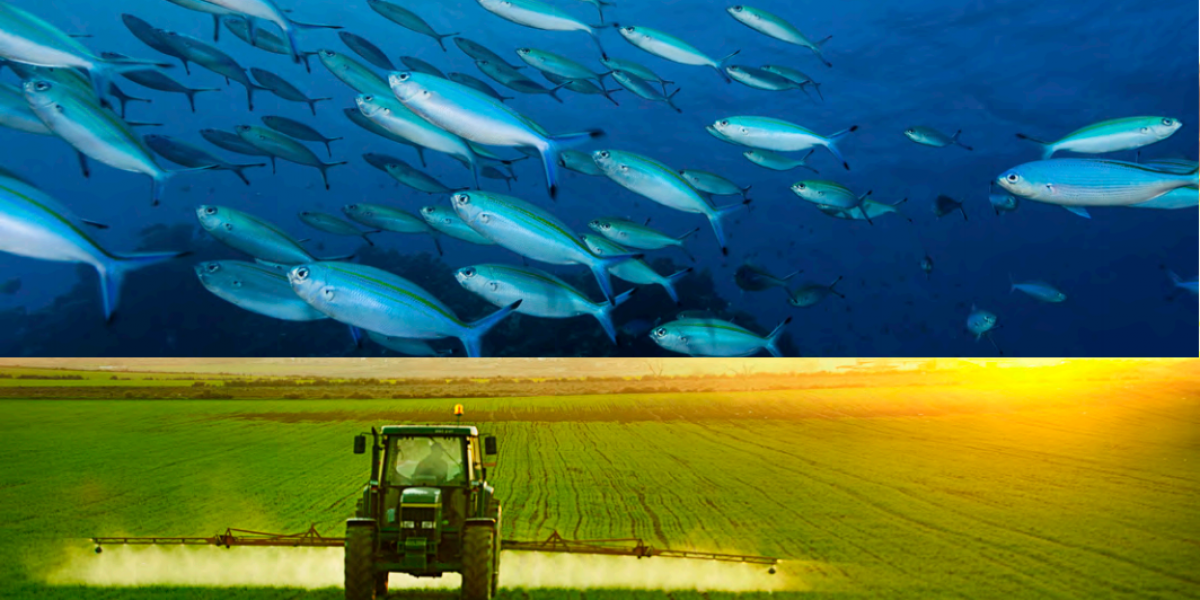Environmental trends, particularly declining water availability, soil depletion, and climate change, will impact food production in Canada and globally. These trends will change the growing conditions for agriculture by impacting temperatures, rainfall patterns, length of growing season, and fertilizer requirements. In some scenarios they may have a positive impact on agricultural productivity, and in other scenarios the effect is likely negative.
Sustainable Prosperity, together with Greenchip Financial, used a computable general equilibrium (CGE) model to examine how the impacts of climate change on agricultural productivity and water use might change consumer spending patterns.
Key Findings:
Price Impacts: Not surprisingly, under a scenario where agricultural productivity falls by 10%, the most impacted sector is food and non-alcoholic beverages, which would see a 4.4% price increase, while restaurants and accommodation services would experience a 1.2% price increase. On the negative side, there would be a 1.4% fall in price for housing purchases and 1.1% fall in recreation (e.g. sports and entertainment) prices.
Quantity Impacts: Given that many sectors that face a rise in costs will pass these on in the form of higher prices, the corresponding impacts on consumer expenditures depend on the price elasticity for that sector. For example, food is considered to be an inelastic good, so consumption only falls by 1.8% when prices rise by 4.4%. For most sectors, there is a fairly uniform fall in consumption across the board as a reaction to increased prices in a few sectors. The sectors seeing the greatest decrease in consumption are restaurants and accommodation services (i.e. hotels), other non-durables (e.g. televisions and electronics), alcohol and tobacco, and net expenditures abroad (i.e. vacations).
Revenue Impacts: A decrease in productivity in the agricultural sector would actually raise sector revenues for food and non-alcoholic beverages (+2.52%) as well as for restaurants and accommodation (+0.19%). All other sectors would experience negative revenue impacts, with the largest drops experienced by owned living quarters (-1.79%), recreation (-1.50%), and electricity, other transport and motor vehicles and parts (all -1.20%). Least affected among non-food related sectors were other non-durables (-0.50%) and other semi-durables, other services, net expenditures abroad and rented living quarters (all -0.9%).
Investment Implications: While the percentage effects on revenues are relatively small, the more affected sectors are either more discretionary or larger budget items such as recreation, houses, cars and other durables. The less affected sectors are less discretionary non-durables and services.
Conclusion: Given an equal revenue impact, sectors with a greater price drop will experience a greater drop in profitability. From our results, owned living quarters and recreation stand out as the most vulnerable. The vulnerability of recreation, as the most discretionary category, provides some confirmation of the risks to discretionary sectors of third-order effects of climate change and/or resource scarcity.



